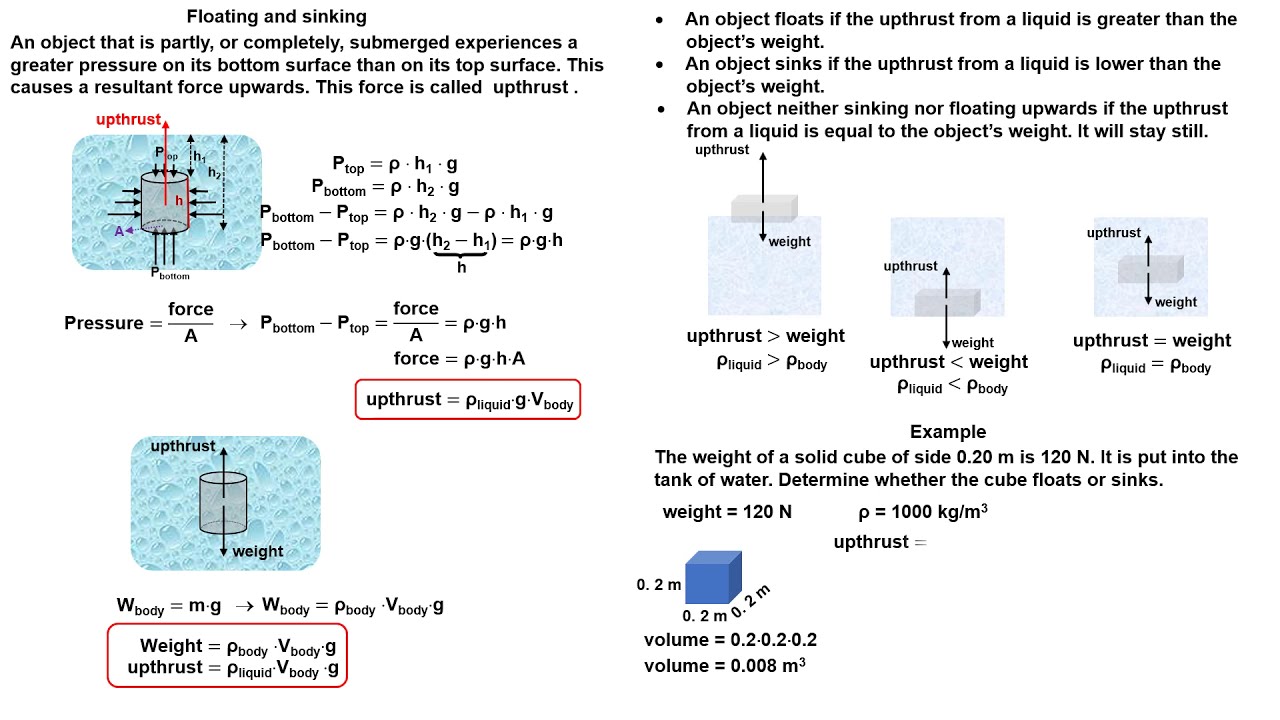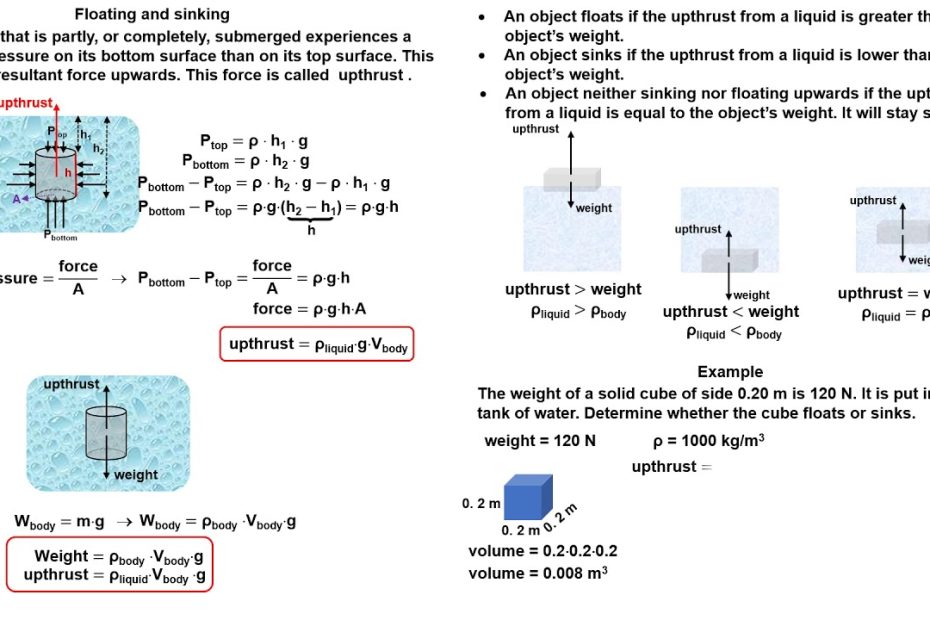Why Is Viscous Drag Greater Than Upthrust In Fluid Dynamics?
Up Thrust, Drag \U0026 Stokes’ Law – A-Level Physics
Keywords searched by users: Why is viscous drag greater than upthrust difference between drag force and upthrust, viscous force, upthrust a level physics questions, viscous drag formula, upthrust force
Is Viscous Drag Greater Than Weight?
The comparison between viscous drag and weight depends on the relationship between the density of the object (ρw), the density of the surrounding fluid (ρa), and some additional factors. When the density of the object (ρw) is greater than twice the density of the surrounding fluid (ρa), the viscous drag surpasses the weight of the object. Conversely, when the density of the object (ρw) is less than twice the density of the surrounding fluid (ρa), the viscous drag is less than the weight of the object. This relationship is crucial in understanding the equilibrium and motion of objects in fluids. The information provided was last updated on September 6, 2016.
What Is The Relationship Between Upthrust Weight And Viscous Force?
To better comprehend the connection between upthrust weight and viscous force, it’s essential to understand their respective directions and how they interact. Viscous force, which arises due to the resistance of a fluid (like air or water) to the motion of an object through it, acts in an upward direction. Simultaneously, upthrust, also known as buoyant force, also acts in an upward direction and is the force exerted by a fluid to support an object immersed in it. In contrast, weight is the force of gravity pulling an object downward. By considering these forces together, we can observe that both viscous force and upthrust counteract the weight of an object when it is submerged in a fluid. This interplay between forces is crucial in understanding the equilibrium and behavior of objects submerged in fluids. The initial date mentioned (14th May, 2016) is unrelated to this topic and can be disregarded.
What Is The Difference Between Drag And Upthrust?
Have you ever wondered about the contrasting concepts of drag and upthrust? Drag, in the context of aerodynamics, refers to the resistive force acting on an object, such as a wing, car, or plane, as it moves through a fluid medium, usually the air. This force opposes the motion and requires energy to overcome. On the other hand, upthrust, also known as buoyancy, is the upward force exerted by a liquid or gas on an object submerged or floating within it. It is what allows objects like boats and submerged objects to remain afloat rather than sinking. Understanding the differences between these two forces is crucial in various fields, including physics, engineering, and aviation.
Found 38 Why is viscous drag greater than upthrust




Categories: Discover 42 Why Is Viscous Drag Greater Than Upthrust
See more here: qua36.com

Comparing statements 1 and 2, up thrust is constant at H height and H−x BUT drag or viscous force increases as velocity of an object increases, so viscous drag is greater than up thrust.So the viscous drag is greater than the weight if ρw>2ρa and it’s less than the weight if ρw<2ρa.The viscous force and the upthrust act upward while the weight act downward.
Learn more about the topic Why is viscous drag greater than upthrust.
- Upthrust vs Drag – Physics Stack Exchange
- Which one would has a greater magnitude, the viscous drag or the …
- Types Of Frictional Force | Viscosity, Surface Tension & Its Reduction
- What exactly is drag and upthrust? What are the differences between …
- Viscosity and Upthrust – Physics Forums
- homework and exercises – Upthrust vs Drag – Physics Stack Exchange
See more: https://qua36.com/category/cooking blog
